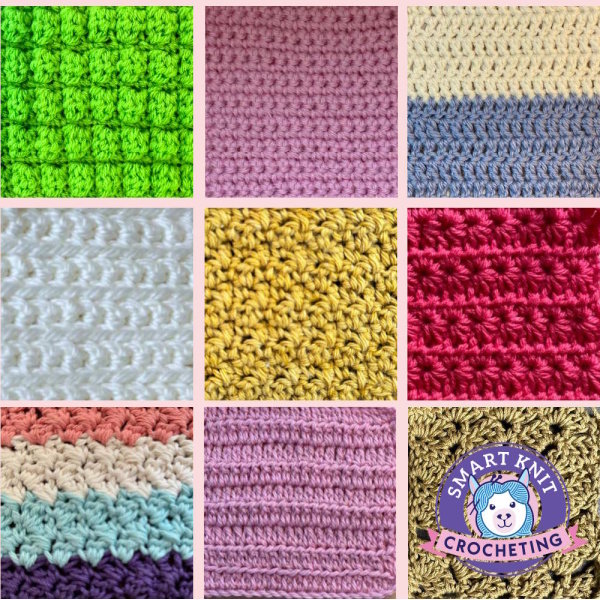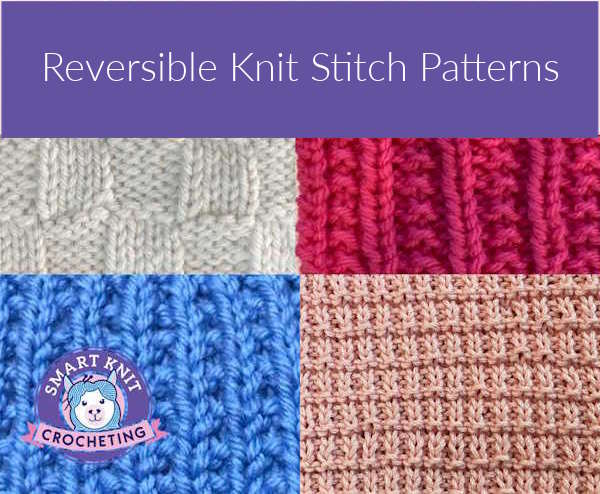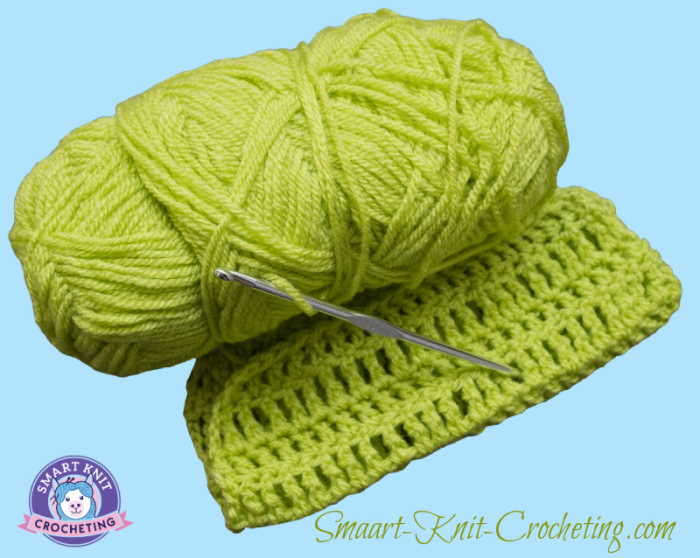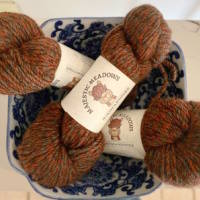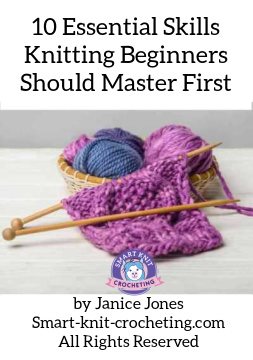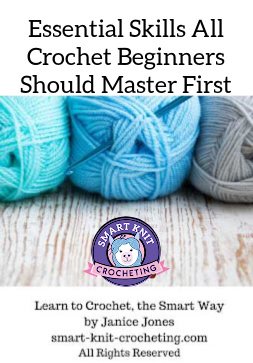- Home
- How to Knit: Basics
- How to End Knitting
How to End Knitting for Beginners: Guide to Perfect Finishing
Do you remember your first project as a beginning knitter? A scarf or washcloth, perhaps? You got to the end of the pattern, triumphant of your accomplishments, and the pattern said, bind off in pattern.
What?
All you wanted to know was how to end your knitting so you could use your prized project. Ending a knitting project is also called binding off or casting off. Both terms mean the same thing, but if you live in the US, you will, like, say, bind off. If you live in the UK, you'll use the term cast off.
Terminology
"Bind off" is more commonly used in American English
"Cast off" is more frequently used in British English.
Since I am in the US, I will use the term bind-off for the remainder of this article.
There are various ways to bind off, but the most common one is also the easiest to learn and perfect for beginners. You may see it abbreviated as BO.
Bind Off Knitting or BO
Binding off is a crucial step in knitting, as it secures your final row and prevents the piece from unraveling. I will describe it as a simple or basic bind-off technique.
If done correctly, it produces a loose, stretchy edge that is good for most projects. Sometimes, the pattern will tell you which type of method to use. This method works fine if the pattern says something such as bind off in pattern.
What Does Bind Off In Pattern Mean?
Binding off “in pattern” means using the stitch pattern you used in your project. So, for example, if you are working a stockinette stitch and are binding off on the right side, you would bind off by knitting. If you were on the wrong side of the stockinette stitch, you would purl the stitches you bind off.
If you are working on a pattern of knit and purl stitches, you will continue using that pattern. So, for example, if you were working on a project in the seed stitch, your bind-off row would continue to be purl one, knit one, and so forth.
You may also see the terms in a pattern to describe this procedure, such as bind off knitwise or purlwise. The designer wants you to bind off during your knit row (knitwise) or on your purl row (purlwise).
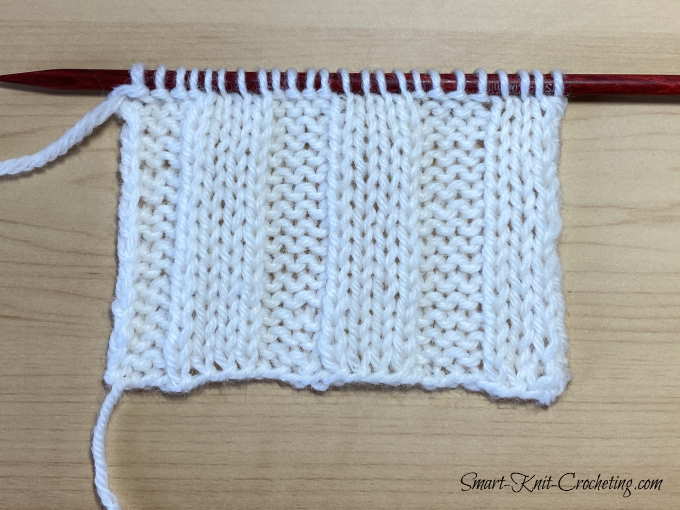 To bind off using the standard bind-off method, I'd first knit the knit stitches before binding off and purl the purl stitches before binding off.
To bind off using the standard bind-off method, I'd first knit the knit stitches before binding off and purl the purl stitches before binding off.How to Do the Standard Bind-off
The following directions are for a piece worked in knit stitches. Please change them if you are working in any other combination of stitches.
The bind-off row should be knit with a loose stitch, as you will pass one stitch over another. It just makes it easier if your stitches are loose. It also creates a stretchy edge.
Step One
- Knit two stitches. You will have both of these two knit stitches on your right-hand needle.
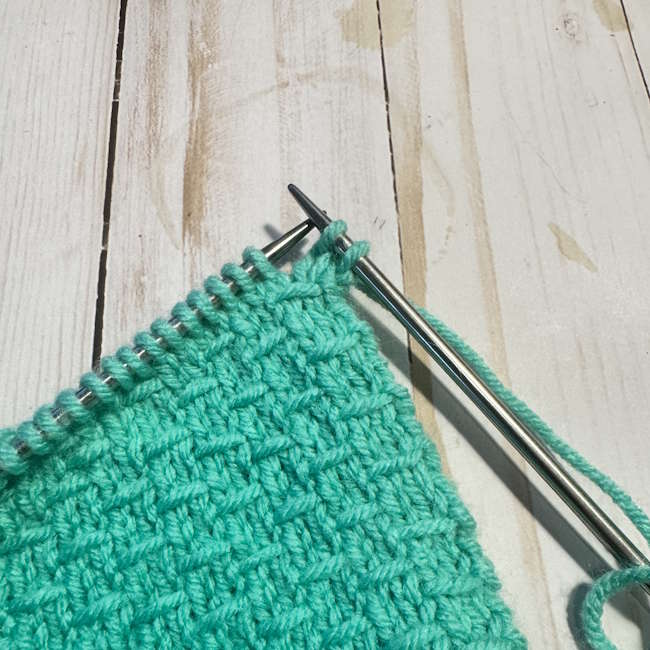
Step Two
- Pass Over. With the left needle, lift the first stitch you knitted over the second stitch and off the needle.
Step Two
- Continue across the row. Knit one more stitch, passing the original knit stitch up and over the stitch you just knitted. Let it fall off the needle.
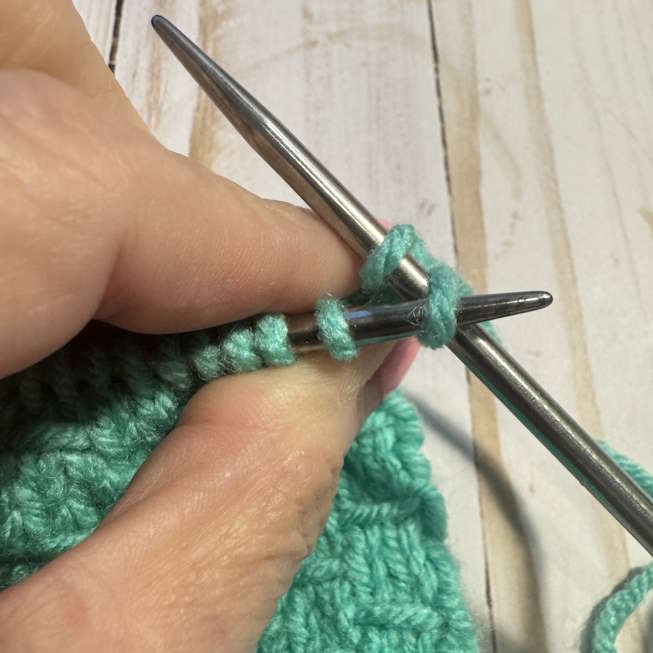
Step Four
- Continue this process until you have one stitch left.
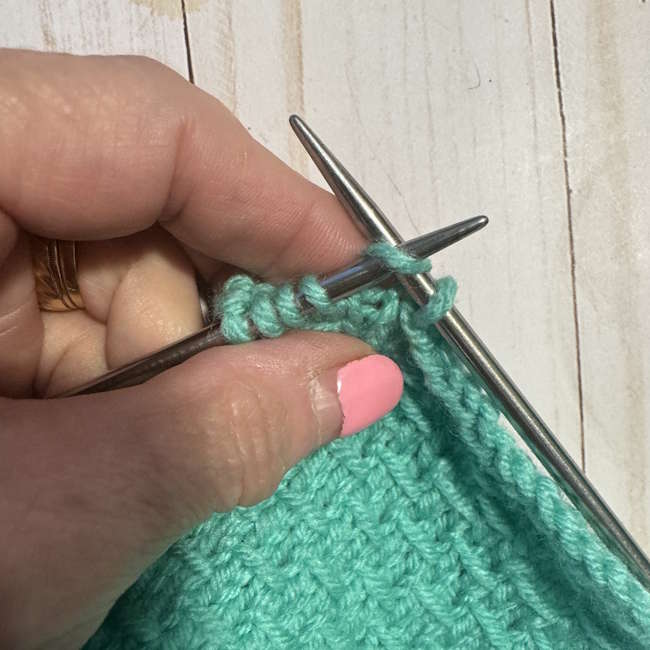
Step Five
- Finish: Cut your yarn, leaving a tail. Pull the yarn through the last stitch to secure it.
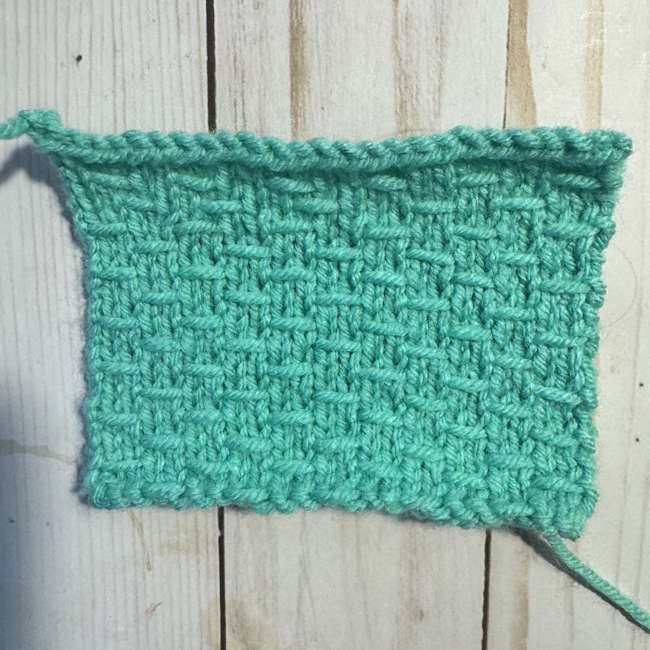
Step Six
- Weave the yarn in and out of the piece to secure it in place.
Problems that Might Arise When You Bind Off Knitting Projects
To avoid a messy last stitch, here’s a fix:
Tension is always a concern when you cast on (place stitches on your needle at the beginning of a project) and when you bind off.
You will have a sloppy edge if your bind-off stitches are too loose. If you bind off too tightly, the bound-off edge will appear like a smile.
The bind-off edge should be straight, slightly stretchy, and the same size as the cast-on edge. How does your bind-off edge look? Is it too tight?
Bind off Edges that are Too Tight
This common tension problem occurs when we tend to knit too tightly. If this is the case for you, try first to practice knitting looser.
If this doesn't work, you may achieve a good look by using a knitting needle one size larger than the one you used to knit the project.
Last Stitch that Looks Sloppy
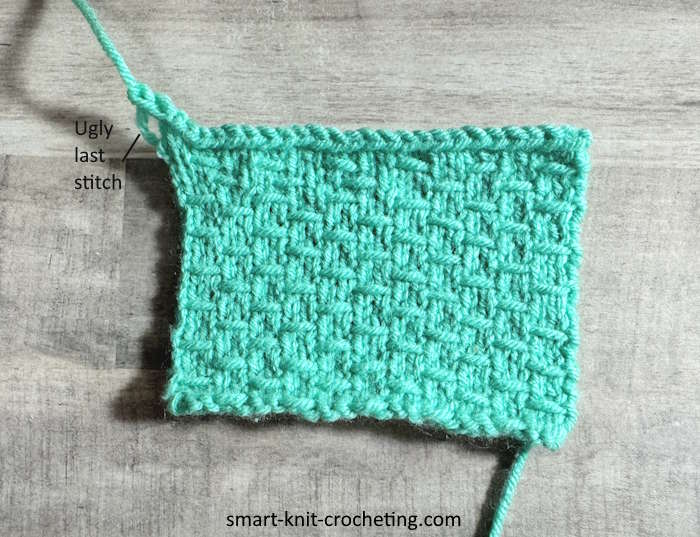
I have always struggled with this problem. The knitting looks good, but the last stitch is stretched and ugly.
There are a couple of ways you can try to fix this problem.
- If this is an issue for you, anticipate it in the row before the bind-off row. Knit the first few stitches a bit tighter than usual.
- Make sure you are knitting on the tips of your needles so you aren't stretching the yarn or manipulating it any more than is needed. Do this on the row before your bind-off row.
- Knit into the leg of the stitch in the previous row.
How to Fix the Ugly Last Stitch
Bind off as usual until you reach the last stitch on the left-hand needle. You will have two stitches, one on the left needle and one on the right.
Using the right needle tip, slip that last stitch onto the right needle.
Use your left needle tip to pick up one of the legs of the last stitch from the previous row and place it on the right needle.
Now, you must slip both stitches back into the left needle and knit both together. You have two stitches left on your right needle. Slip the first stitch over the last stitch and off of the needle.
Cut your yarn, leaving a six-inch tail, and pull the yarn through the last stitch. This procedure usually solves the ugly stitch problem.
Quick Tips for the Perfect Bind-Off
- Bind off loosely so your edge is straight and doesn’t look like a frown or a smile.
- Tight knitters may prefer to use a knitting needle one size larger than the one used for the project.
- Bind off on the right side if possible or unless told otherwise.
- If told to bind off in pattern, knit the knit stitches and purl the purl stitches before binding them off.
Weaving in the Ends
Leaving a yarn length after you finish the project is essential for weaving in the ends. This is to hide and secure them so they don’t unravel.
Weaving means just that—snake the end through about five or six stitches, going diagonally or horizontally and then turning and going in the opposite direction. The ends will likely unravel if you slip your needle through five stitches.
Please do not pull the yarn so tightly that it puckers on the right side. Also, be careful to weave the yarn on the back of the fabric so any tiny stitches you might make won’t show on the right side.
Learn more about Weaving in Ends for your Knitting project.
Other Methods for Ending Your Knitting
I have described a beginner-friendly bind-off method that works in many different situations, but you may want to try many more bind-off methods in various situations.
Here are a couple of additional methods:
Kitchener Stitch
This sewn method is perfect for binding off the final toe seam on socks.
Learn more about the Kitchener Stitch
3-Needle Bind-off
This method uses three needles to combine two seams and bind them off simultaneously. It is often used to finish off the shoulder seam of a garment, such as a sweater or vest.
Jeny’s Surprisingly Stretch Bind off
This variation of the standard bind-off creates a stretchy edge for K1 and P1 ribbing.
Simple Two-color Bind off
This standard bind-off allows you to carry a color sequence up through the bound-off edge.
I Cord Bind Off
This bind-off creates an I-cord edge that can be used on the top of pockets or if you want a contrasting color on your last row of knitting
Conclusion
Knitting can be a relaxing and fulfilling hobby. Once you've invested time and energy into creating something beautiful, you'll want to finish it with the best possible ending, ensuring your project looks polished and professional.
For beginners, learning how to end knitting is essential to binding off, weaving in ends, blocking, and adding final touches. In this article, we'll guide you through several methods of binding off and provide tips on the complete finishing process.
Reference and Further Reading
Cast On, Bind Off: 211 Ways to Begin and End Your Knitting
I own both books and can recommend each one.

